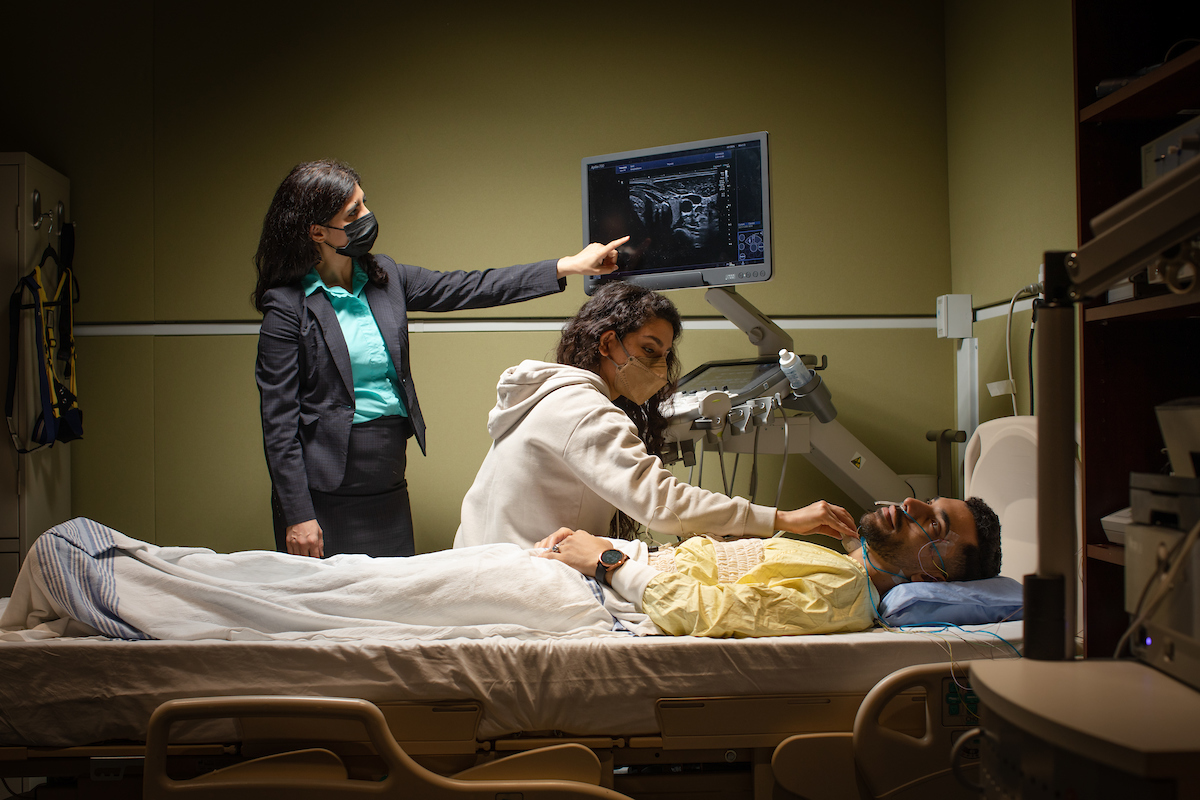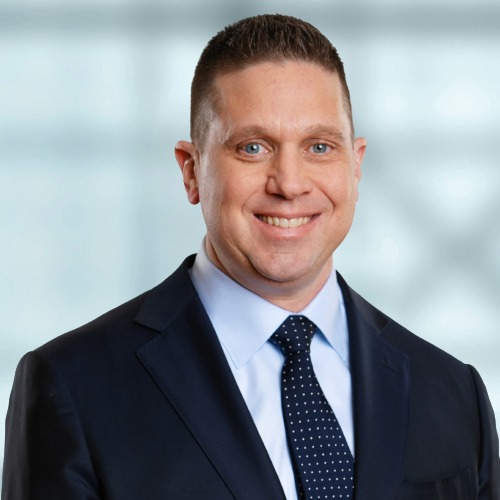Uncovering the Mysteries of Sleep
These two KITE scientists are devoted to finding solutions that improve sleep health for all

Everyone needs sleep, but why is it so important? And how much do we really understand about it?
Our bodies operate on a 24-hour internal clock called the circadian rhythm. If this rhythm gets disrupted by a lack of sleep, our bodies can no longer function at their peak. Long-term disruption can result in negative consequences for both our physical and mental health.
Scientists at the KITE Research Institute are working hard to uncover the mysteries of sleep. This includes furthering our understanding of the impacts of sleep on overall health and identifying ways sleep can be improved. Two scientists, Dr. Tatyana Mollayeva and Dr. Azadeh Yadollahi, are leaders in this research. While their respective research teams study different areas of sleep, both are focused on improving sleep health for us all.
The Brain And Sleep
Dr. Mollayeva is part of KITE's Acquired Brain Injury and Society team. She joined KITE in 2010 as part of her PhD project at the University of Toronto. Her project evaluated sleep disruption in patients with mild traumatic brain injuries (TBIs) and its impact on recovery. Since then, her work has delved into other brain health topics at the population level as she analyzes how sleep disorders cause adverse cognitive reactions in patients.
"There is no brain health without sleep health," Dr. Mollayeva explains. "I want to help build a prevention framework for sleep health with a focus on restoring sleep structure in order to achieve optimal brain health."
Many sleep disorders such as insomnia, circadian rhythm disorders and parasomnia disorders often impact individuals with neurological injuries and conditions. As a result, failing to understand and adequately manage these sleep disorders can affect an individual's cognitive abilities and decrease the effectiveness of treatment. For individuals who already have compromised brain or body function, this can critically impact their lives.
Dr. Mollayeva hopes to highlight the crucial role of sleep in brain health and prove why it should be added to the World Health Organization (WHO)'s framework.
"Sleep health is not currently part of WHO's framework, but over the past decade, there has been a remarkable rise in acknowledgement of [its] importance," says Dr. Mollayeva. "So, the change is underway."
Dr. Mollayeva also focuses on equity in brain health. She considers how disparities in sleep health may relate to various social inequalities, such as access to sleep literacy and the gender-based division of labour.
In addition to her research, Dr. Mollayeva educates Canadian youth on the importance of getting enough sleep through community outreach lectures. She also teaches a course on sleep at the University of Toronto Scarborough.
The Body and Sleep
Elsewhere at KITE, Dr. Azadeh Yadollahi explores another avenue of sleep research.
As part of KITE's Sleep Science team, Dr. Yadollahi leads SleepdB, Canada's first soundproof sleep lab. One area of her team's research is the world of sleep apnea.
Sleep apnea is a sleep disorder where an individual's breathing stops and starts throughout their sleep, resulting in abnormal breathing patterns. If left untreated, this can increase health risks like heart attacks or strokes.

Quick Facts About Sleep Apnea
Approximately 10 per cent of the Canadian adult population has some form of sleep apnea.
Sleep apnea rates rise to anywhere between 40 and 80 per cent among those with high-risk conditions like heart disease, diabetes, obesity and high blood pressure.
An estimated 85 per cent of those with sleep apnea do not realize that they have it.
"Much of the work I do is based on high-risk populations, including those with asthma, heart failure or those in underserved populations," says Dr. Yadollahi. "How can we bring the diagnosis and treatment of sleep apnea to those in shelters?"
Unfortunately, the process to get a diagnosis is often long and inconvenient. In KITE's sleep lab, Dr. Yadollahi's team is working to come up with more accessible and comfortable methods of diagnosis. For example, imagine wearing a shirt that tracks your sleep or having your sleep patterns analyzed from a distance by a machine.
Specific types of technology being developed include functional articles of clothing, other wearable devices and cameras requiring no physical contact. One priority of the team, especially when designing clothing, is to create a device that monitors respiratory patterns and movement while remaining comfortable. Another is to develop diagnostic tools that can be used at home rather than in a sleep lab.
Beyond the diagnosis, the sleep lab team is considering treatments for sleep apnea. They want to evaluate what is currently available and discover more accessible and specialized solutions.
Two primary treatments currently available for sleep apnea are a mask device and oral appliance. The mask device consists of a mask attached to a small machine using a tube. The mask pushes air through the airway, ensuring it remains open while the user sleeps. Alternatively, the oral appliance goes in the user's mouth and repositions their jaw to open the airways for easier breathing.
Though these devices work, they are not without weaknesses. The mask device lacks comfort and convenience, and remains inaccessible for many. The oral appliance may be less bulky in comparison, but it is expensive and not covered by health insurance. Generally, this means that the most consistent users of these devices are individuals with severe cases of sleep apnea. Many more individuals could benefit from these treatments but find that their inconvenience outweighs the value.
Depending on the specific conditions causing the sleep apnea, other treatments may involve modified sleep positions or lifestyle changes. Dr. Yadollahi wants to uncover the best solutions specific to each individual, group of people or overarching condition.
Her goal is to incorporate everyday needs into the design of new devices and give those with sleep apnea more choices for diagnosis and treatment. Connecting with human factors is essential for ensuring the appropriate use of these devices.
"It is about providing more accessibility to sleep apnea diagnosis and treatment, so we are not leaving people behind," says Dr. Yadollahi. "And making sure people have options when it comes to treatment so they can choose what is going to be best for them."

Kite and Sleep
Dr. Mollayeva and Dr. Yadollahi have rooted their research in equality and advocacy for accessibility regarding sleep health. As their work brings new understanding to the importance of sleep health and how to care for it, they are making positive impacts in the lives of all who sleep (everyone).
When asked about their experience at KITE, both scientists appreciate the level of collaboration and connection available within the research institute and, on a larger scale, the community. "It is a privilege and pleasure to be a part of the KITE team," says Dr. Yadollahi.
As the scientists continue their work, KITE provides a forward-facing space that supports their quest to understand the many unknowns of sleep.
KITE continues partnership with Centennial College
KITEworks Magazine is an annual collaborative project between Centennial College's Professional Writing-Communications and Photography programs and KITE. The stories, experiences and photographs shared in this year's edition of the magazine give an unfiltered look into how KITE has evolved to become a world leader in rehabilitation science. Come and explore how KITE works!




